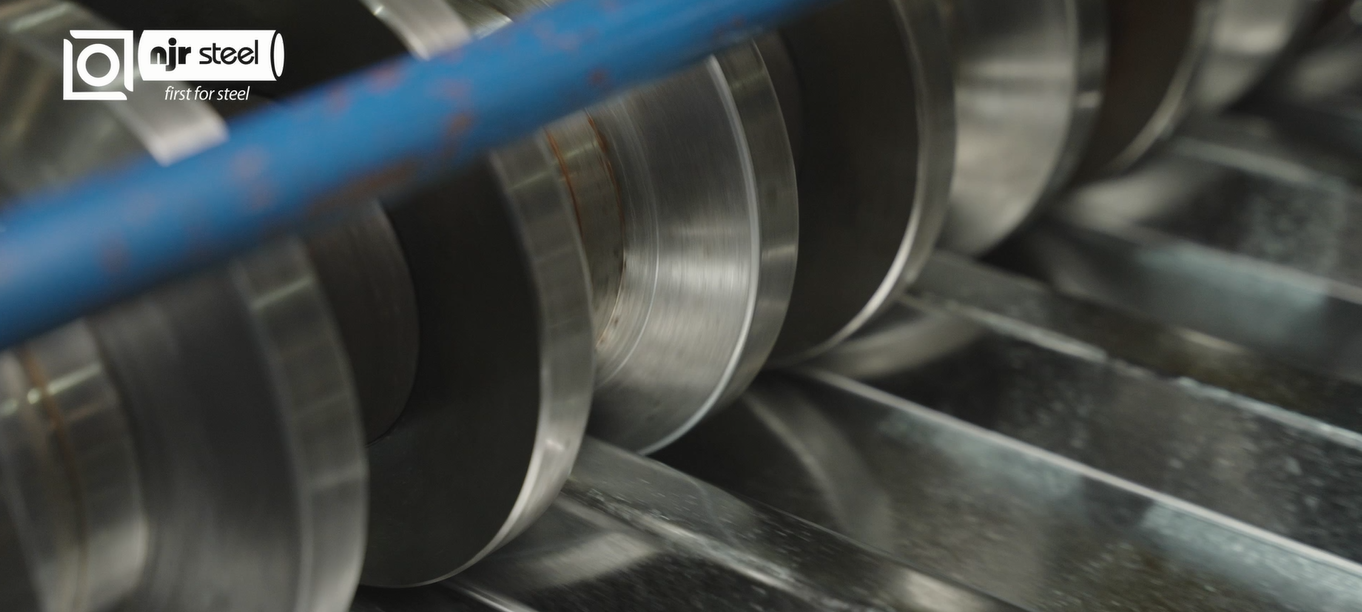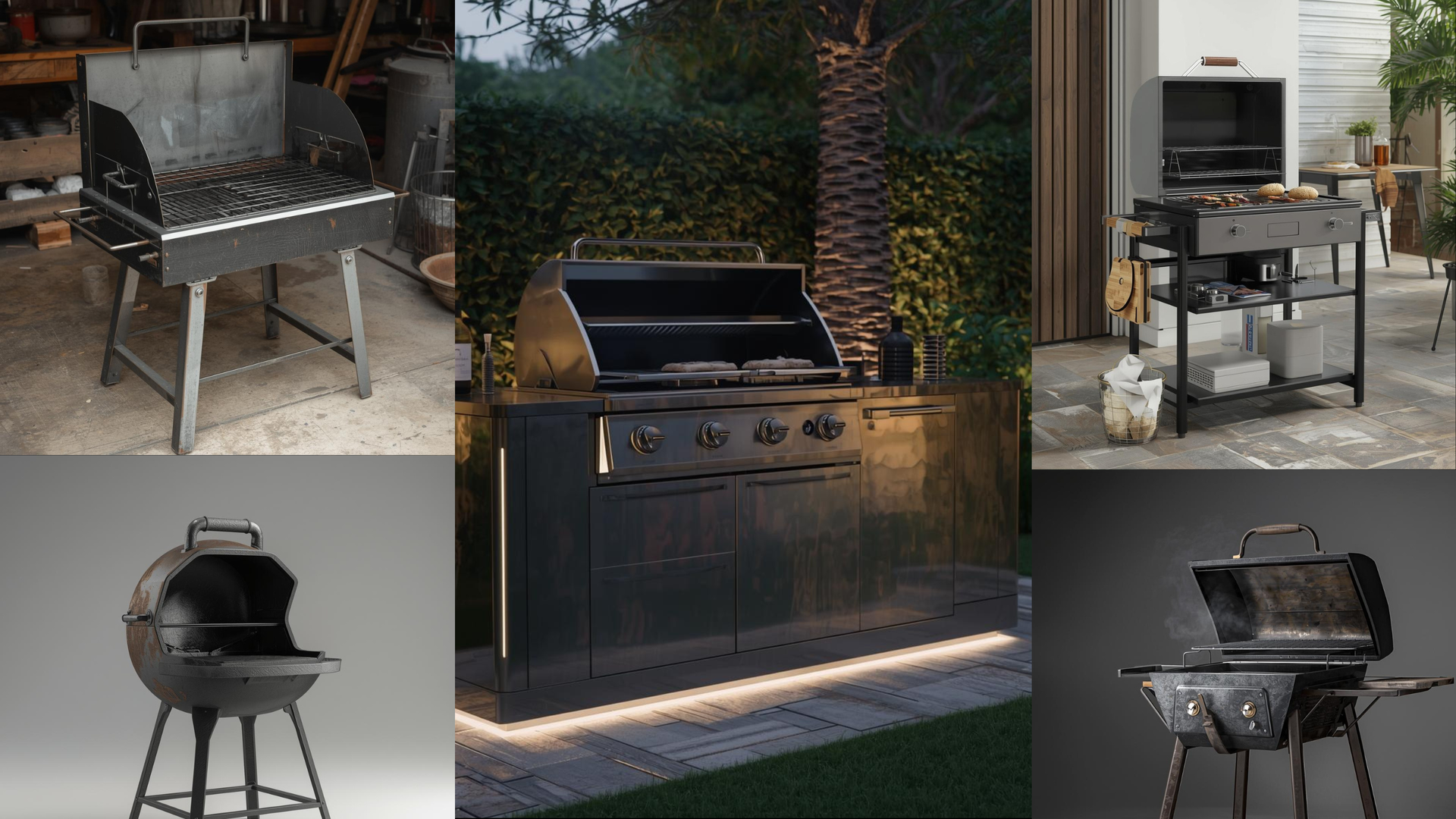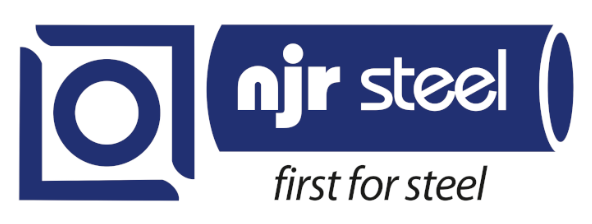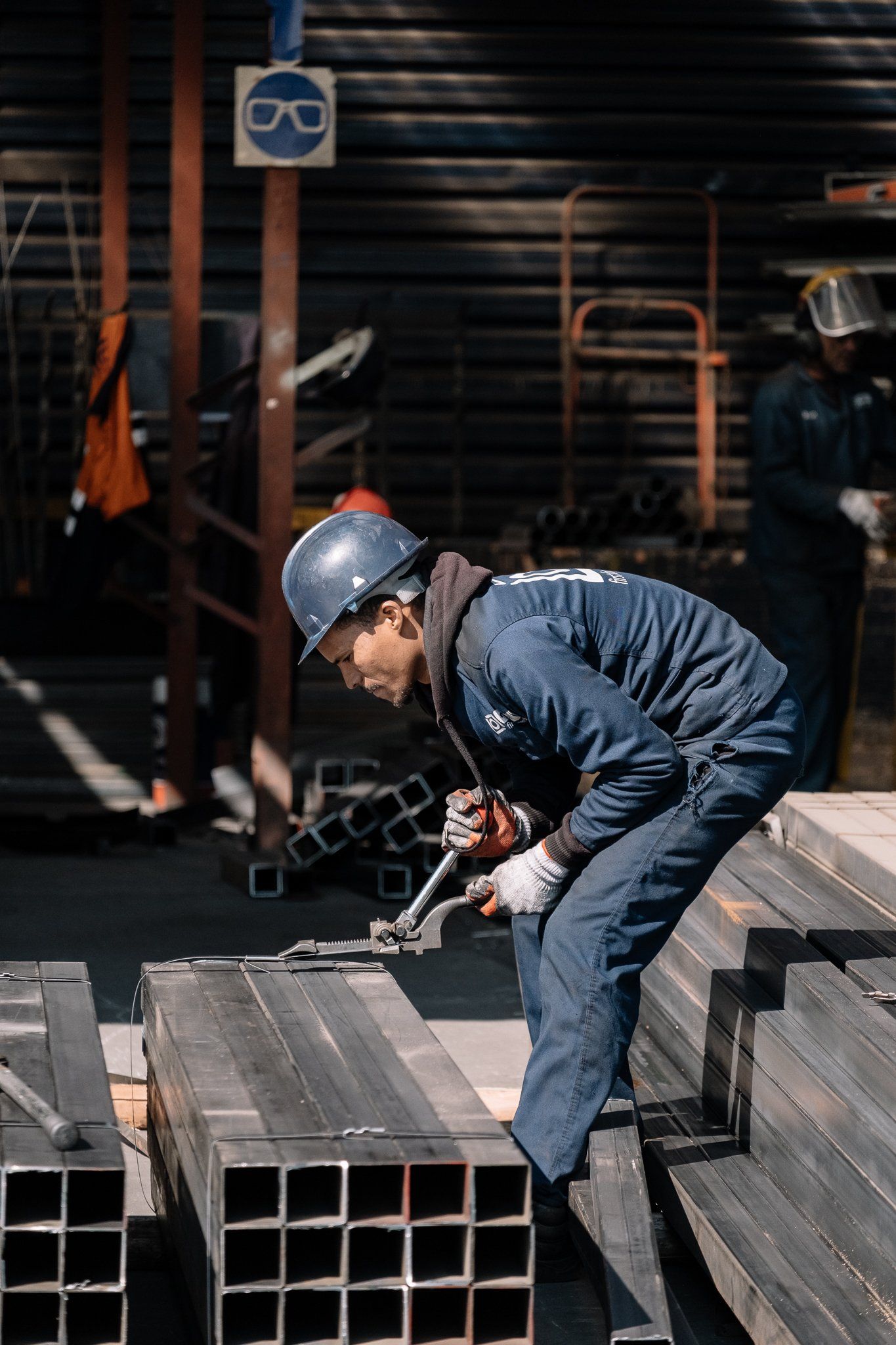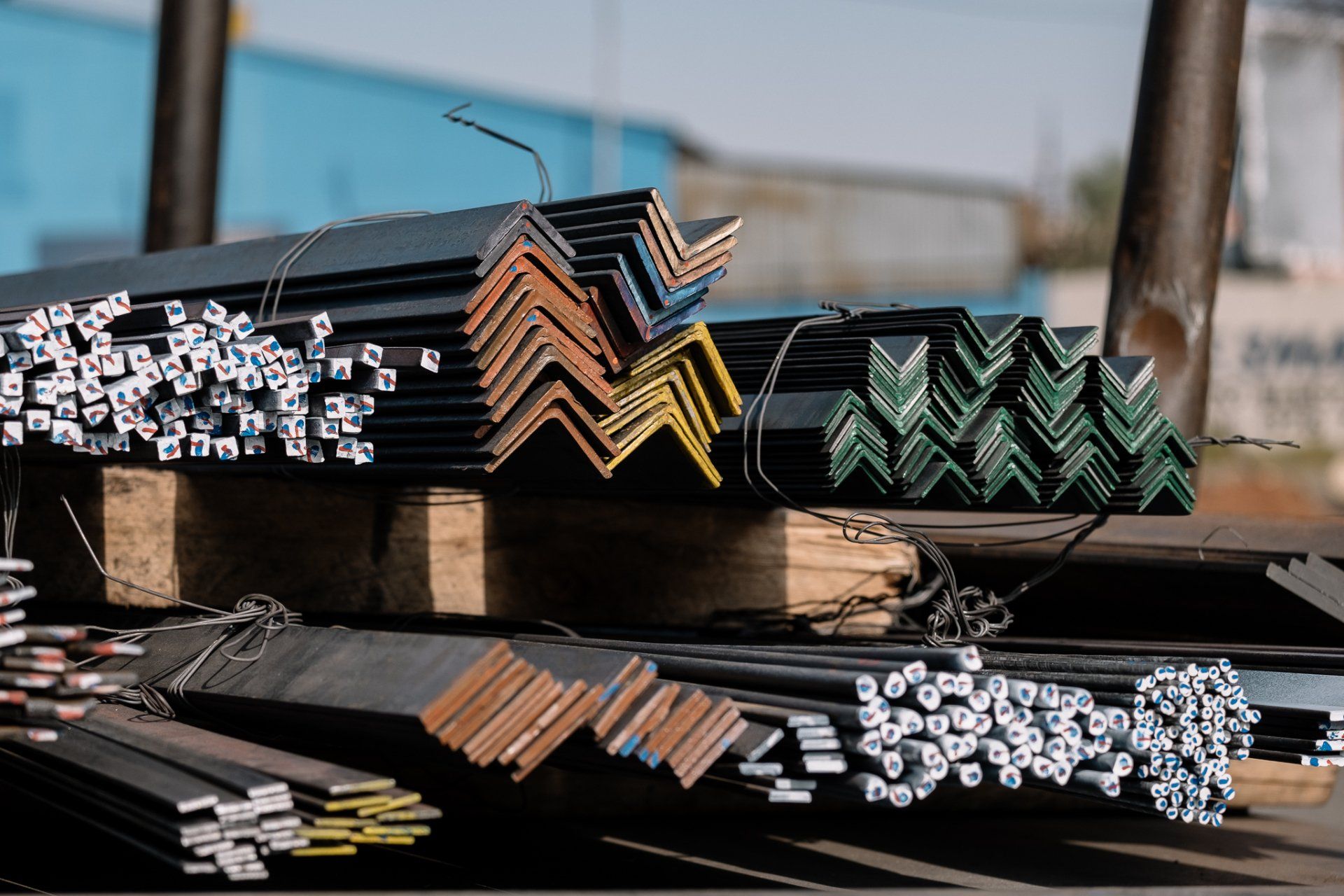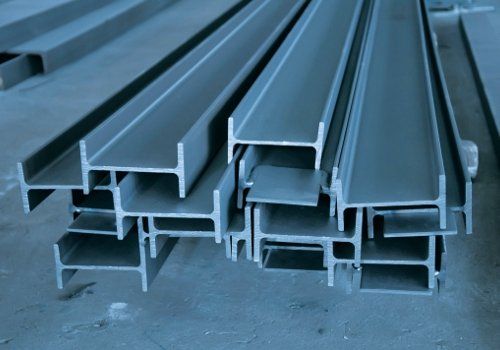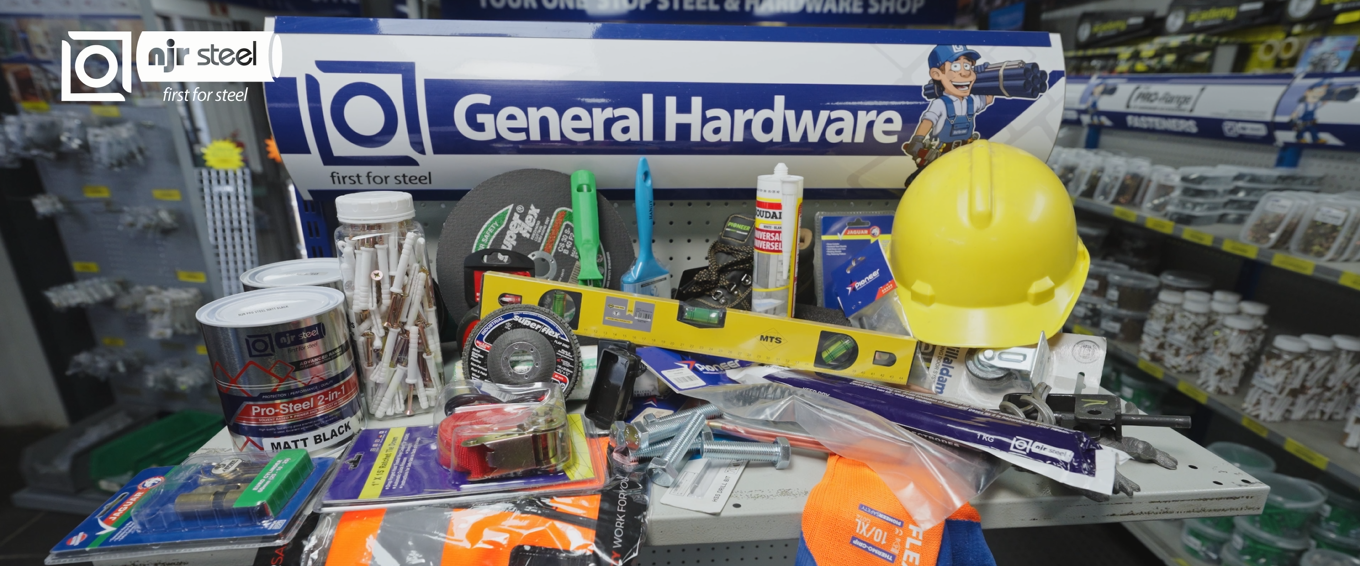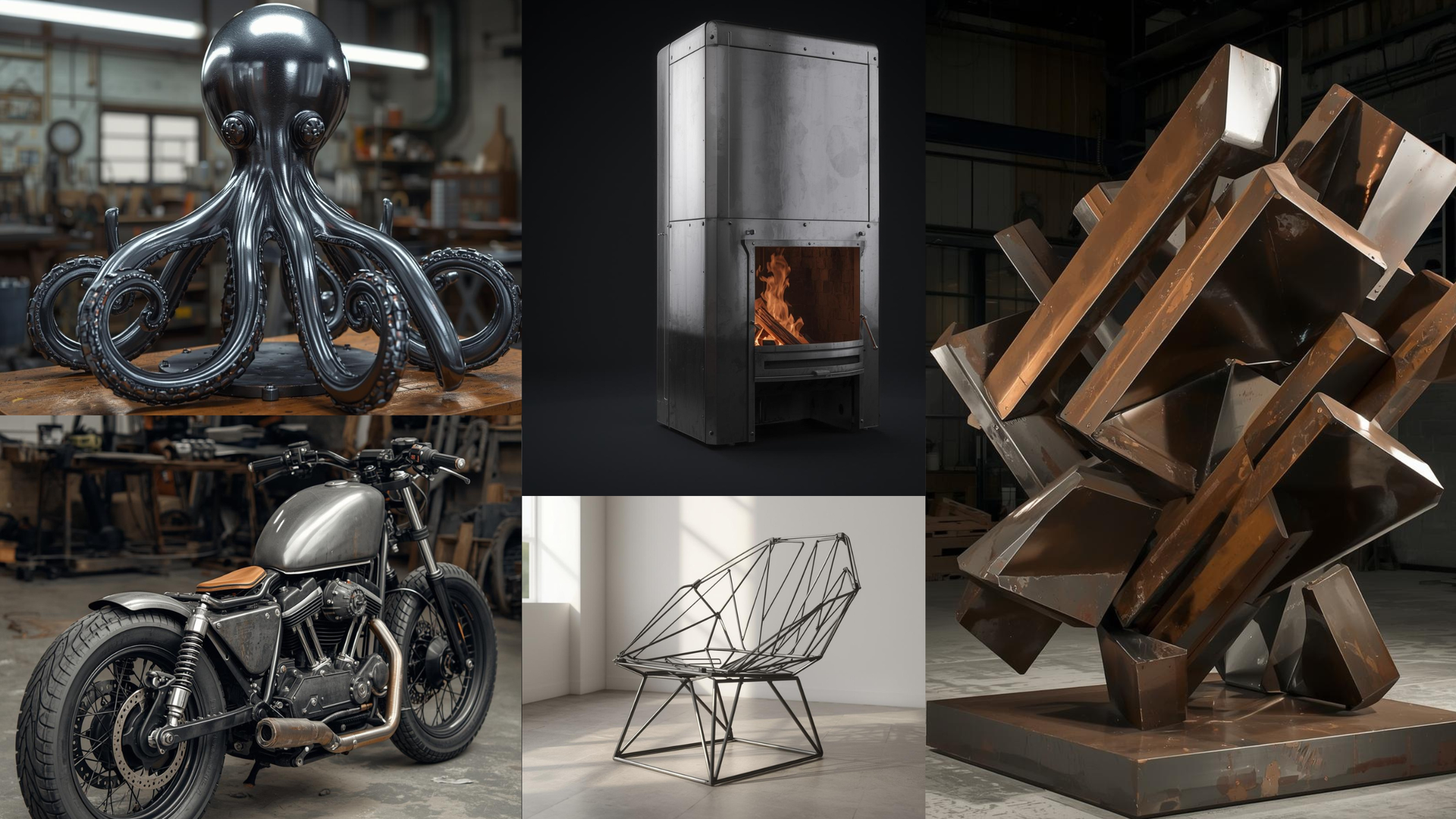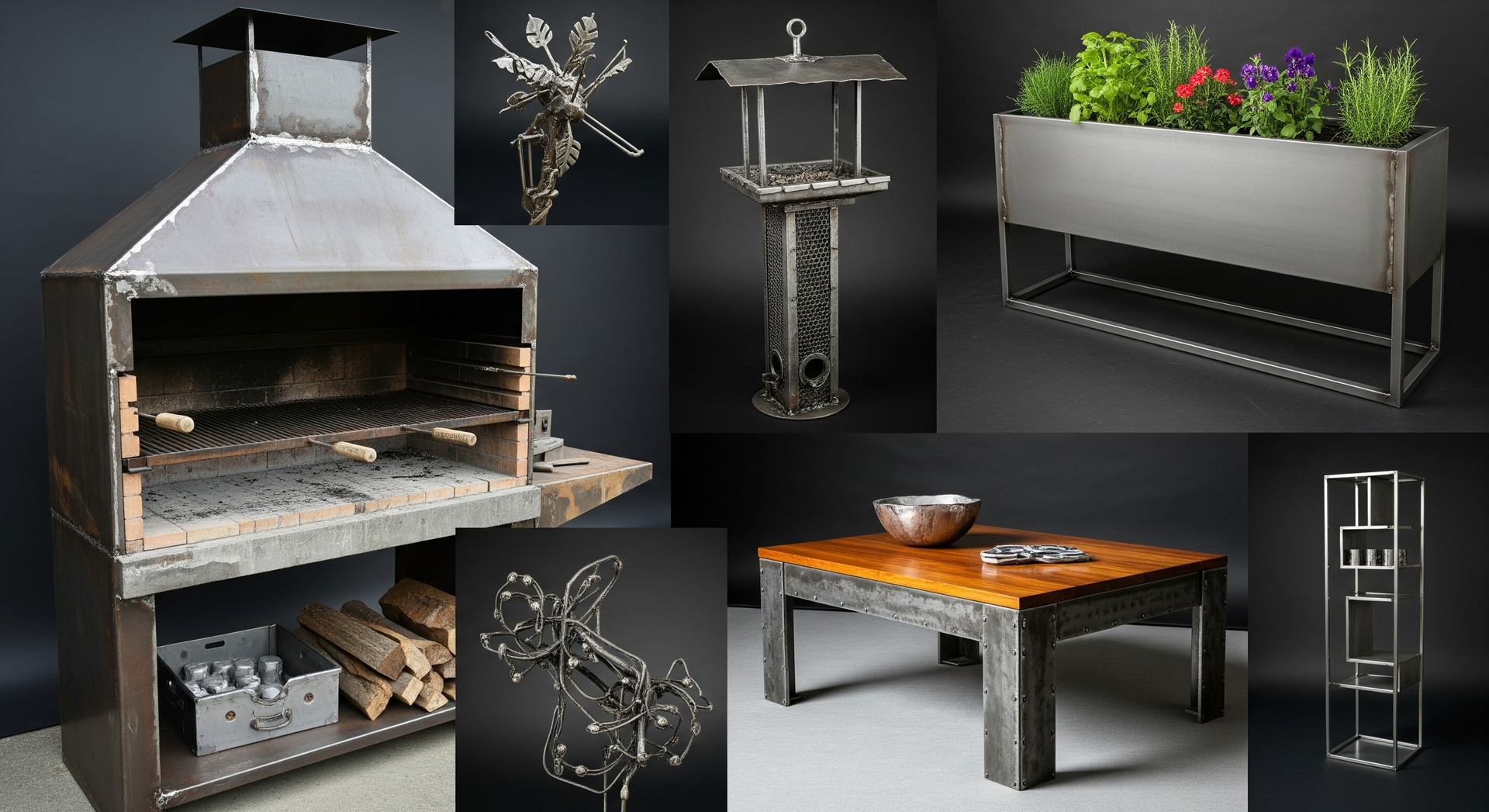The Role of Quality Steel Columns and Beams in Construction
The Backbone of Innovation: The Importance of Quality Steel Columns and Beams in Construction
In the world of construction, where innovation and durability are paramount, the significance of high-quality steel columns and beams cannot be overstated. These foundational elements serve as the backbone of any structure, ensuring stability, safety, and architectural brilliance.
In South Africa, steel has played a pivotal role in shaping iconic structures that stand as a testament to engineering prowess and creativity.
Why Quality Steel Matters
Quality steel columns and beams are essential for ensuring the structural integrity of buildings. They provide the framework upon which entire edifices are constructed, offering support to walls, roofs, and floors. Utilizing inferior or substandard steel can compromise the safety of a structure, leading to long-term issues such as instability, corrosion, and even collapse.
Innovative Steel Constructions in South Africa
South Africa has witnessed the rise of remarkable steel constructions that blend functionality with aesthetics.
One outstanding example is the Moses Mabhida Stadium in Durban, an architectural marvel featuring a grand arch that supports the roof, made possible by high-quality steel.
This stadium not only hosts sporting events but also stands as a symbol of modern engineering and design.
The imposing stadium body of Moses Mabhida Stadium is covered with an unconventional roof consisting of a steel arch, which spans the pitch and is stabilized by the cable structure, combined with a membrane roof.

The combination of a steel cable structure and a lightweight cable net, is quite unique for a wide span roof structure and was a challenging project, for both the planners and engineers as well as our installation team.
This project rightly deserves to be called one of the worlds most sophisticated steel structures.
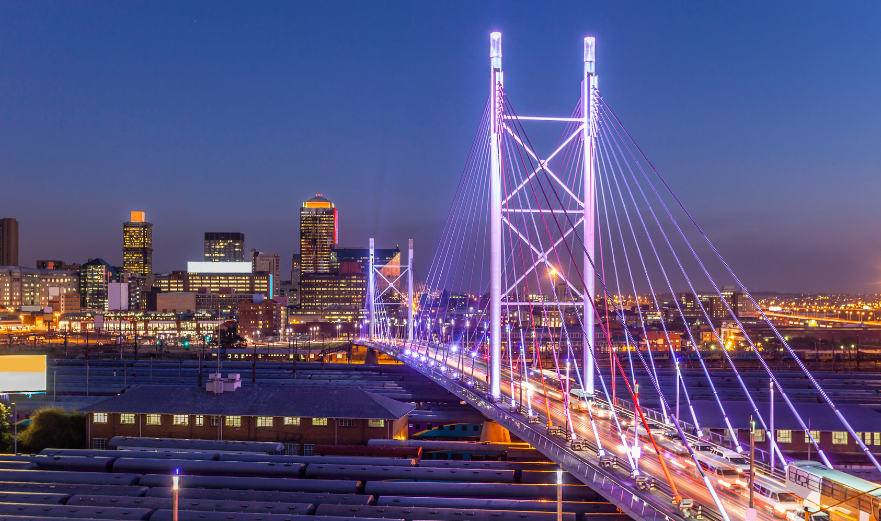
Another awe-inspiring structure is the Nelson Mandela Bridge in Johannesburg.
This iconic bridge, with its elegant steel suspension cables, not only connects different parts of the city but also represents unity and progress. It showcases the durability and versatility of steel in creating structures that stand the test of time.
The 176m-long bridge carries two traffic lanes, a bicycle path and two pedestrian walkways, each 1.5m wide. The walkways feature continuous glass parapet for the safety of pedestrians.
Steel brackets support the walkways. The pylons, which act as balancing structures to the bridge, were constructed asymmetrically due to the presence of railway tracks.
Only two locations were found feasible for constructing the pylon, one in the north and the other in the south. The northern pylon is 42m high and the southern one is 27m high. These pylons are made of lateral bracing and are set up on cone shaped concrete pier structures. The pylon shafts are circular in shape with a diameter of 1.35m.
The space available for accessing the ramps was limited; hence the deck of the bridge being so narrow. The deck structure is constructed with composite steel-reinforced concrete. It is composed of two longitudinal steel box beams on either side and a concrete slab supported by a cross beam at intervals of 4m. The interior surfaces of the steel box beams are unpainted and are protected against humidity.
The bridge structure is supported by large pot bearings of 1.5m diameter. These bearings are designed to suit movements of the bridge at high temperatures.
Expansion joints are created at the abutment areas of the bridge. Steel pendulums are used to accommodate the displacement due to temperature fluctuations at the deck, and the abutment.
The stay cables of the bridge are 15mm in diameter. They were supplied by Haggie Wire and Strand and Marley Pipe Systems. The installation and stressing of the cables was performed by Amsteele Systems / Steeledale Fixing Systems.
Construction of the bridge required 4,000m³ of concrete and 1,000t of structural steel. In addition, 500t of reinforcing steel was cast into the concrete for reinforcement.

NJR Steel: Your Trusted South African Steel Supplier
When it comes to sourcing steel for construction projects, NJR Steel stands out as a trusted and reliable supplier. With a reputation for excellent customer service, timely deliveries and delivering top-notch quality steel, NJR Steel ensures that your construction endeavours are backed by materials of the highest standards.
By choosing NJR Steel as your supplier, you are investing in the reliability and durability of your projects, guaranteeing that your buildings will endure the test of time.
NJR Steel branches stock a broad range of beams which are designed to support horizontal loading across their axis and are therefore much deeper than they are wide in order to prevent bending.
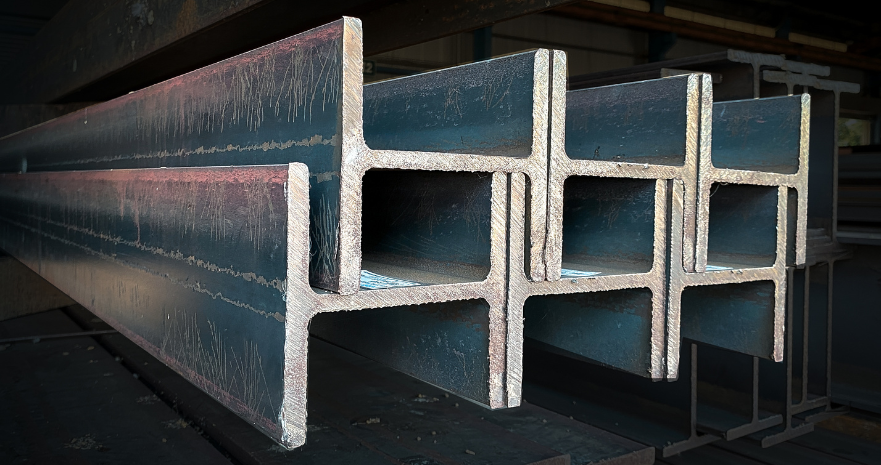
The most common beam in construction is the I-beam, also known as a universal beam – a steel member with an I or H-shaped cross-section.
I-beams have a strong centre or “web” for vertical support, along with flanges on either side to provide strength in the horizontal plane. They may be used on their own or cast in concrete.
NJR Steel supplies various sections that may be used as a column, including channels, angles, I-beams and universal columns – the latter proving the most effective.
We produce BS EN10025-2-S355 JR universal columns.
In conclusion, the importance of good quality steel columns and beams in construction cannot be emphasized enough. As showcased by the inspiring steel constructions in South Africa, steel has the power to transform architectural visions into reality.
With NJR Steel as your partner, you can embark on your construction journey with confidence, knowing that you are backed by a supplier committed to excellence and innovation.

